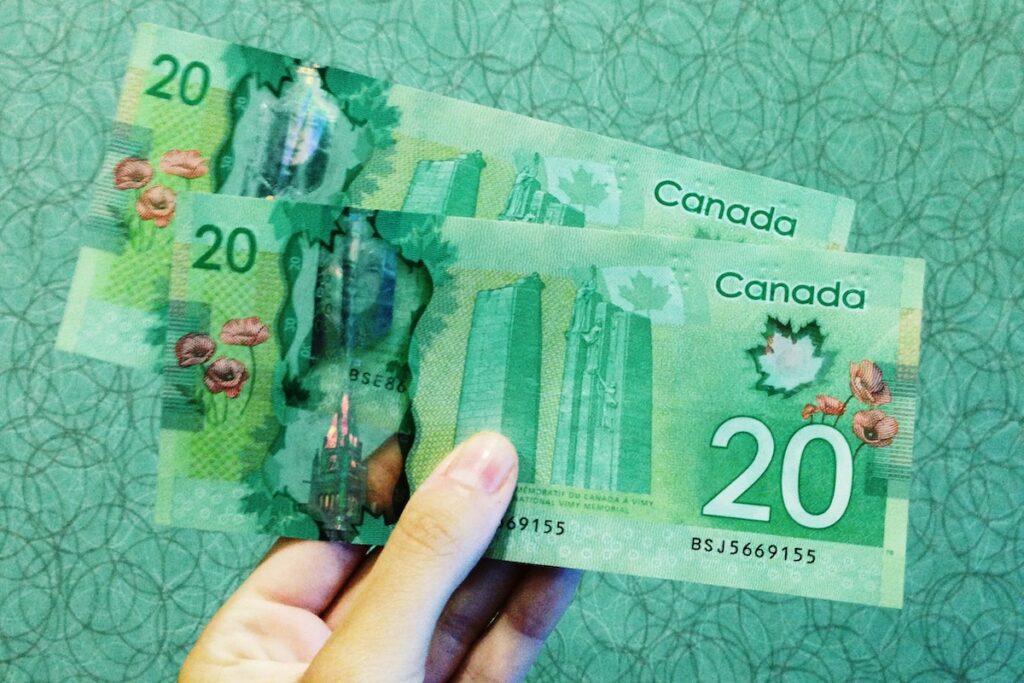
RRSPs and TFSAs both function as amazing savings vehicles over the long term, but different goals require different strategies. The standard advice is to try to max out both accounts since both have annual contribution limits, but most people don't have enough spare cash to even get close.
Depending on what you’re saving for, both accounts can help you reduce the amount of tax you pay. Your tax bracket, future income prospects, likelihood of needing cash immediately, and retirement plans are all factors to consider when choosing where to stash your savings.
RRSPs
The RRSP was introduced 60 years ago to help Canadians—mostly those without a workplace pension plan—to save for retirement. An RRSP is a tax-sheltered account, which means any investment income isn’t taxed. You can hold stocks, bonds, mutual funds, and exchange-traded funds (ETFs) in an RRSP. When you make an RRSP contribution, it reduces the amount of income tax you pay and you’ll usually receive a refund.
The amount you can contribute to an RRSP depends on your level of income. The limit is either 18% of your previous year’s earned income or the maximum limit decided by the Canada Revenue Agency (it’s $26,010 in 2017). Any unused contribution room carries forward but you can contribute to an RRSP until the year in which you turn 71.
When you make a withdrawal from your RRSP, it’s considered to be taxable income. So if you want to use the money in your RRSP to buy a car, keep in mind that you’ll have to pay tax on the amount you withdraw. And if you make a withdrawal, you lose the RRSP contribution room forever.
However, there are two cases where you can withdraw money from your RRSP without being taxed. When you buy a home, you can withdraw up to $25,000 from your RRSP by taking advantage of the Home Buyers’ Plan. And if you go back to school, you can withdraw up to $20,000 when you participate in the Lifelong Learning Plan. But there’s a catch. You must repay the amount you withdraw over a certain period of time (15 years for the Home Buyers’ Plan and 10 years for the Lifelong Learning Plan) and if you don’t re-contribute the required amount in a given year, that amount is considered taxable.
There’s no reason why you can’t save money in your RRSP, even if you have no idea when you’re going to be able to retire. If you expect to be in a lower tax bracket in retirement, you should contribute to an RRSP. By parking your money in an RRSP and holding it there until you retire, you’ll pay far less tax since, as a retiree with no salary, you’ll be in a much lower tax bracket.
TFSAs
The TFSA is new to the scene and was introduced in 2009 for any kind of savings goal. Like an RRSP, a TFSA is a tax-sheltered account and you can hold stocks, bonds, mutual funds, and ETFs. But unlike an RRSP, you won’t get a tax break for making a contribution.
The TFSA contribution limit is the same for everyone (it’s $5,500 this year), but you must be at least 18 to make a contribution. Any unused contribution room is carried forward and you can contribute to a TFSA for as long as you live.
If you withdraw money from a TFSA, the amount you withdraw won’t be taxed. Also, your contribution room is replenished the following year after you make a withdrawal.
Money in a TFSA can be used to buy a car, a home, or for retirement. You can’t take advantage of the Home Buyers’ Plan or the Lifelong Learning Plan with a TFSA. While you won’t be taxed if you don’t repay the amount you withdraw, you may not be incentivized to re-contribute to your account because there isn’t a penalty.
It makes the most sense to contribute to your TFSA if you expect to be in a higher tax bracket in retirement. Doing so will reduce the amount of tax you have to pay when you’re retired.













About The Author: Craig Sebastiano, guest writer
Craig Sebastiano is the managing editor at RateHub. He enjoys writing about investing, personal finance, and real estate.
More posts by Craig Sebastiano, guest writer